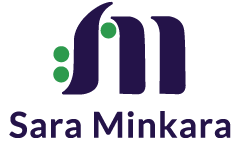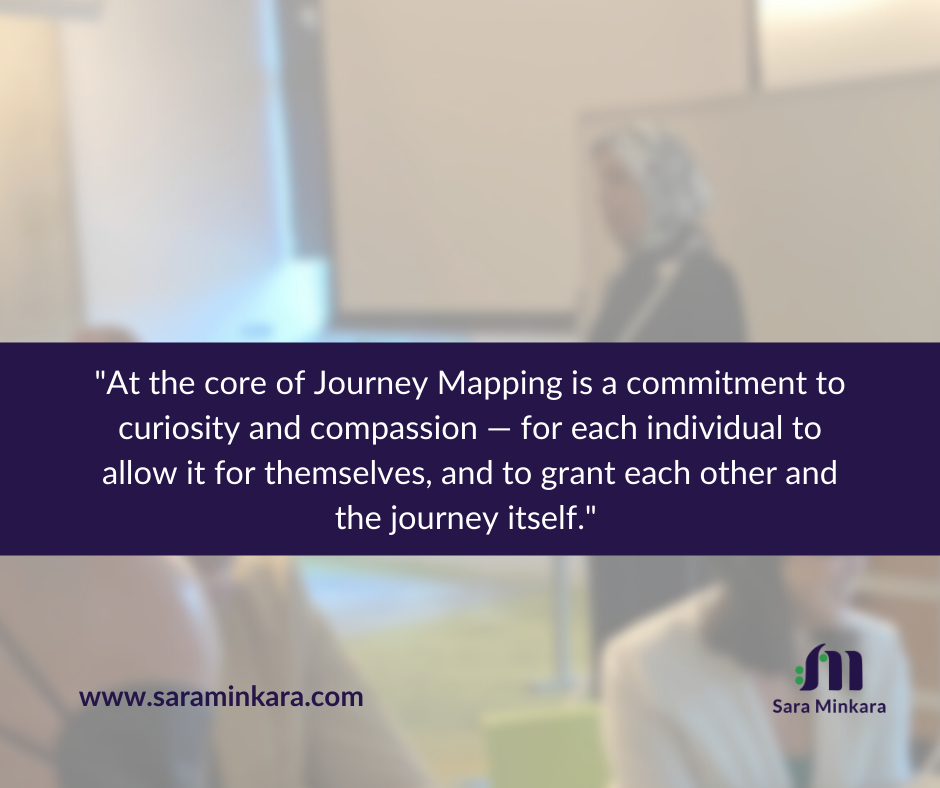Is Journey Mapping the Solution to Your Resolution Approach?
Every day presents opportunities for problem solving, some minor with limited impact (what socks to wear) and some considerably more substantial (setting policy). So how often do we consider the ideas, perspectives or journeys of others in problem-solving? Realistically, not very often at all. But even where others are not considered in solution design, they may be seriously affected by the results, and their exclusion may impair the quality of the solution.
A lot of businesses are investing in diversity & inclusion. This is long overdue, and very much a necessary investment! But all inclusion efforts are not created equally. There have been some incredibly successful approaches, and some that exist more in name than in substance. Like almost any other challenge, one size does not fit all. No one solution will fit all situations, but some principles are universal.
Consider the following scenario: suppose HR becomes aware that a group of women within the company feel they are not being heard, and that change is needed. The firm responds by developing an employee resource group (ERG) for women only. The ERG is intended to provide a dedicated space and forum for them to connect, both for networking and for sharing concerns. The women were not consulted about the problem or to generate solutions to the issue. After implementing the ERG, the firm discovers that women are not consistently utilizing it, complaints have worsened rather than waned, and at least one employee is rumored to be seeking other employment. In this case, a problem was identified and a solution designed with the intention of addressing that problem. However, the solution was ultimately ineffective and had the added consequence of further alienating the very people it was intended to assuage. Rather than having their concerns heard and addressed, this group was provided with an echo chamber in which to communicate their grievances to one another. Instead of being heard directly, their concerns were assumed, and the result was window dressing on a real problem. This was destined to fail, and yet the failure was entirely avoidable by including the very people whose needs are at issue in the development of any solution being developed to serve those needs.
When devising any solution, whether an inclusion initiative or otherwise, we need to first comprehensively define the scope of the problem. To understand how a group of individuals are affected by a problem and what they need in a solution, the most effective and direct approach is to ask them. And this is where Journey Mapping comes in. So, just what is Journey Mapping?
Journey Mapping is a structured approach to developing solutions through group exercises that encourage individuals to share and compare their individual journeys. At the core of Journey Mapping is a commitment to curiosity and compassion — for each individual to allow it for themselves, and to grant each other and the journey itself. It is a collective approach that fosters highly tailored solutions adapted to a specific group and its distinct needs; the level of customization intrinsic to this process yields more effective solutions than any off-the-shelf “best practice.” Because inclusion is not a technical problem. It is an adaptive problem that requires adaptive solutions. This is both a process- and outcome-focused approach, providing direction and application for concepts that can seem unwieldy, and focusing the group toward developing tailored solutions to the challenges they uncover. It is uniquely designed to guide participants toward identifying institutional pain points; a corollary benefit is the deep connections often forged between group members during the sessions. Colleagues who have worked alongside one another for months or years discover how little they truly know each other, and how little they have shared of themselves. At the same time, we have heard many times that people feel more connected over the course of one session than they have from all of their time working at a particular place of business leading up to the session.
We use Journey Mapping in many settings and through a unique way of the In The Dark Methodology. By pairing both tools’ participants are able to lower their resistance and create a moment of reflection. It has great value for organizations on their institutional inclusion journeys, but it is far more than just a tool for organizations. Our use of Journey Mapping allows for a better understanding of ourselves, our peers and the world around us. Approaching ourselves and each other with compassion and curiosity is a powerful step toward honoring each person as an individual, a human with their own unique value and talents. We all have so much to offer, and Journey Mapping is an incredible tool to unlock the diversity potential in so many spaces.
I’ve seen and experienced the impact of Journey Mapping, and I honestly can’t think of a better approach for inclusion challenges as well as overall conflict resolution and understanding. Please visit www.saraminkara.com or email info@saraminkara for additional information on how to bring Journey Mapping to your group!


